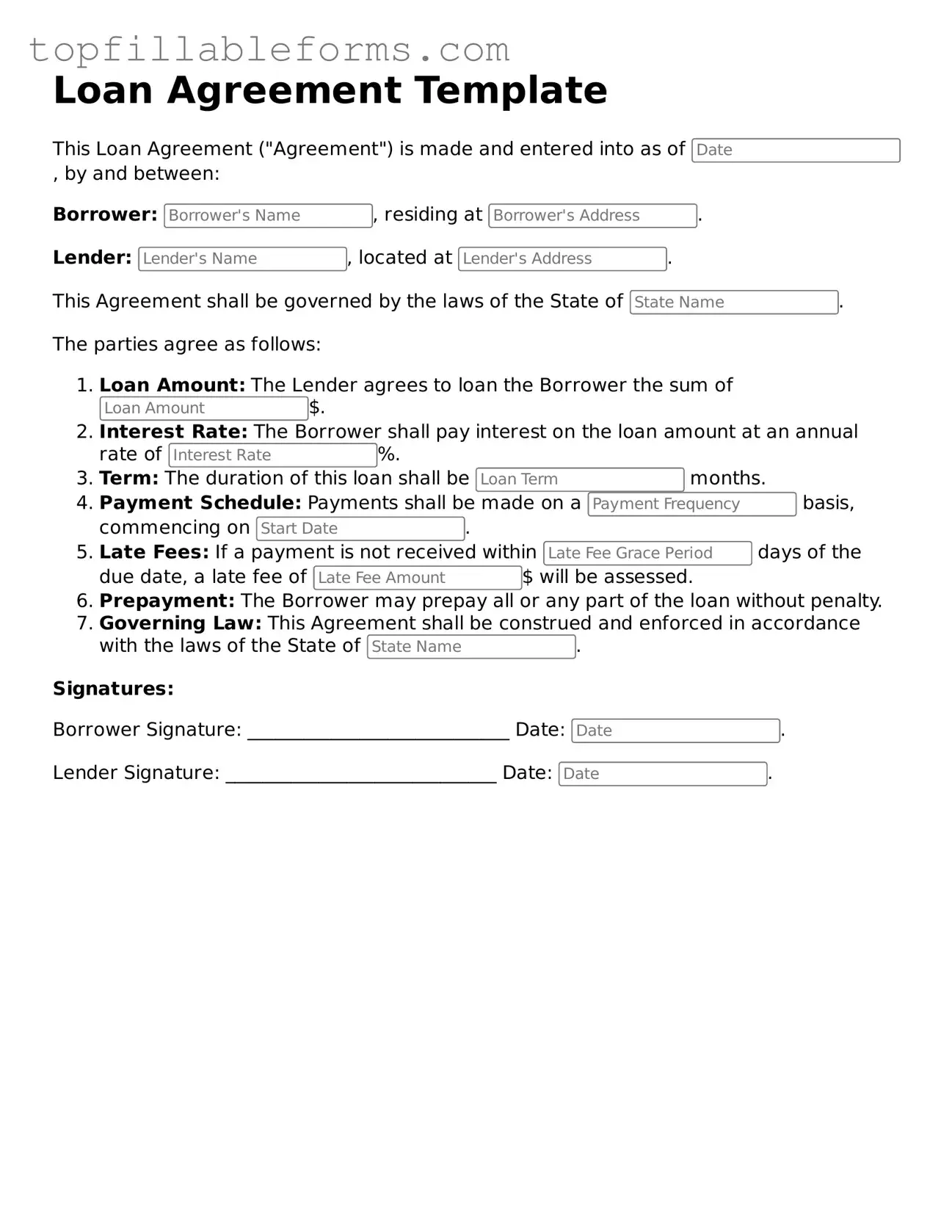Free Loan Agreement Form
A Loan Agreement form is a legal document that outlines the terms and conditions of a loan between a lender and a borrower. This form serves to protect the interests of both parties by clearly defining the loan amount, repayment schedule, and any applicable interest rates. Understanding the components of this agreement is essential for anyone involved in borrowing or lending money.
Open Loan Agreement Editor Here
